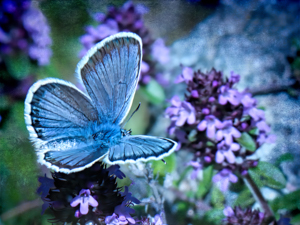5. Discriminating the Self (Atma) from the not-Self (anAtma):
That which cannot perceive, but can become an object of perception is anAtma (not-Self). For example, our body is inert. It has no sense of “I am.” It cannot perceive anything. But our consciousness can perceive the body. Just as we perceive body and mind, we also perceive joys and sorrow, likes and dislikes. The polar pairs of opposites like joy and sorrow, are also a result of our ignorance. Consciousness Itself is untouched by them.
Consciousness alone is Atma. Everything else in the world is insentient. Not only inanimate objects such as chairs and tables, but also our bodies, life-force, and senses are insentient. Movement does not imply sentience. Wind moves, but wind is insentient. The air around us, the light that travels through space, and the five fundamental elements are insentient. Only Awareness that can feel “I AM” is sentient. Every object is known to our Awareness, but no object is aware of its own being-ness. A tiny spark of Awareness that is aware of all the objects is within every one of us. It is the Inner-Self (pratyagAtma). Continue reading

